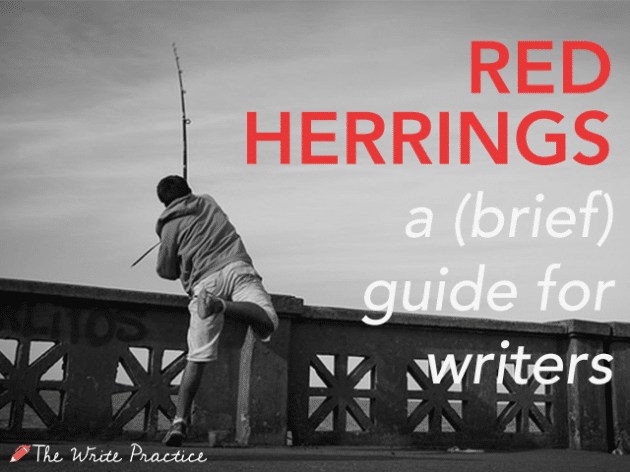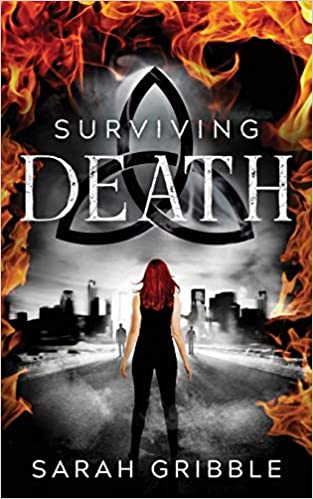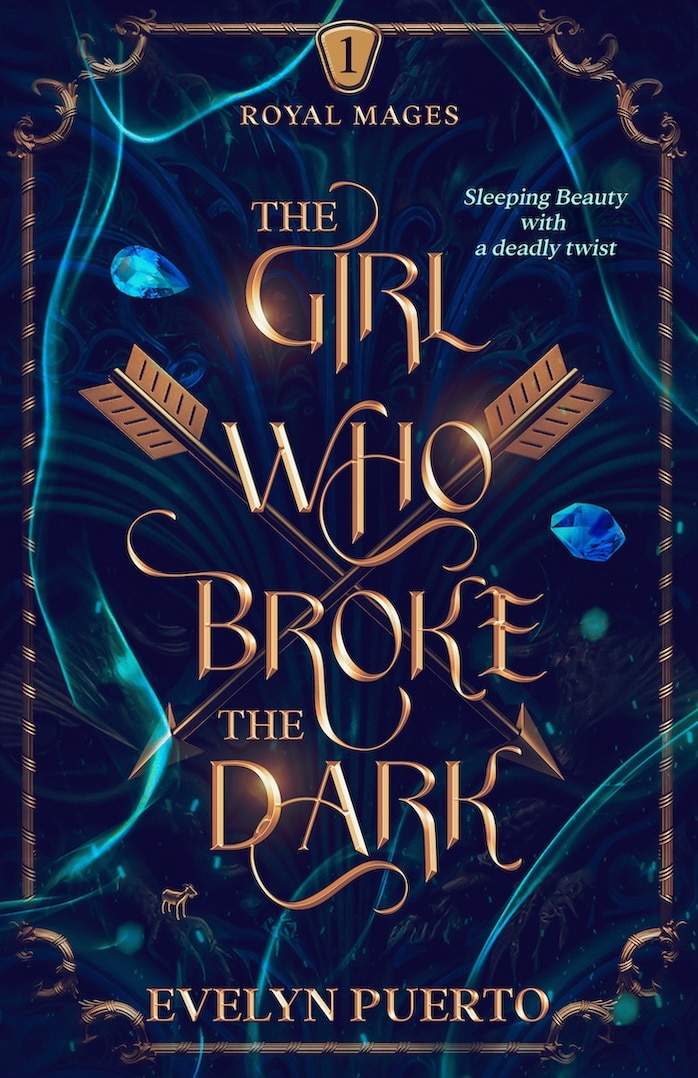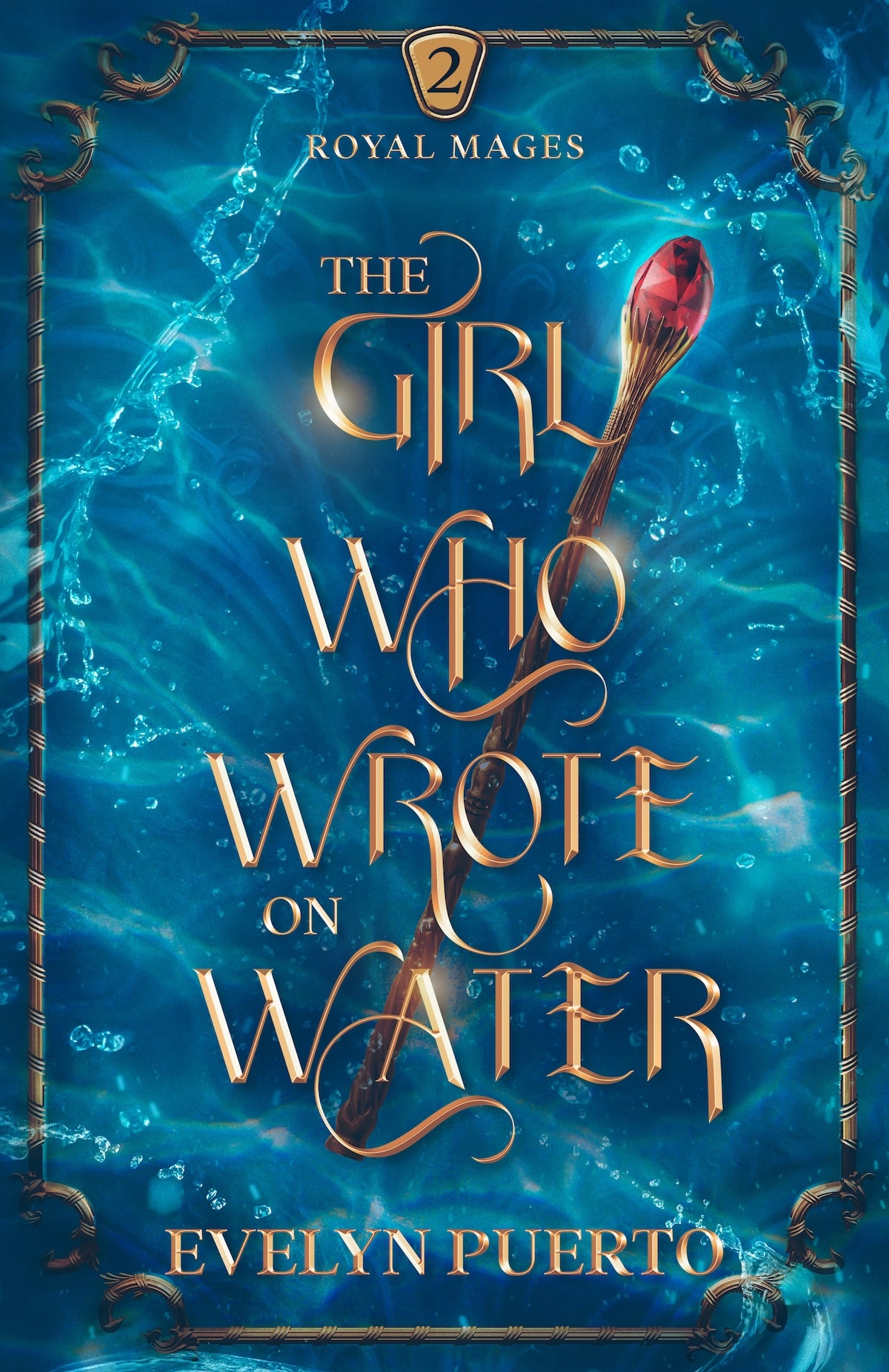Agatha Christie is my all-time favorite author. I was first exposed to her work in middle school through the summer reading assignment of Murder on the Orient Express, which I adored. I then proceeded to tackle pretty much every book by her that I could get my hands on. My favorites are Orient Express (you never forget your first love), The Murder of Roger Aykroyd, and And Then There Were None, which has a brilliant ending that has you throwing down the book emphatically when the red herring is finally revealed.
But wait! What's a red herring? I'm so glad you asked.
Definition and Origins of Red Herring
Red herrings are staples of the mystery and suspense genres, but they also can pop up in myriad other works and genres. What is a red herring? Here's a good working definition:
A red herring is a clue that takes the reader and/or characters in the wrong direction.
The term has its origins in the training for hunting dogs. Usually when a dog was tracking a scent, it wasn't the only scent competing for the dog's attention. Since fish have a distinct and powerful odor, they were sometimes used to train the dogs to stick to the scent they were tracking when their doggie instincts were telling them that something else smells much more interesting. When the dog followed the fish scent, the dog had followed a red herring (or sardines; trainers probably weren't too picky).
Examples of Red Herrings in Film and Literature
Red herrings are all over the place in literature and film. LOST is full of them, The Killing is a study in them, Agatha Christie was the queen of them in the mystery genre, and the Harry Potter series sees every possible red herring/not red herring combination there is.
But how do you create a good red herring?
A good red herring should weave easily into the details of the story. For example, in Legally Blonde, Reese Witherspoon's character Elle Woods is working a trial defending Brooke Wyndham, who is accused of killing her husband. She can't give an alibi, and her stepdaughter has told an eyewitness account of Brooke standing over the dead body with gun in hand, so it looks pretty bad for Brooke. However, when Elle goes to see Brooke on a solo prison visit, Brooke (a commercial fitness guru) reveals that on the day of the murder, she was having liposuction. This information would destroy her career if it got out, so she chooses to keep mum, even though she has an alibi for the murder.
As much as you want to avoid the obvious red herring, highly well-read individuals may be so genre savvy that they can identify a red herring as soon as it's introduced in the story. J.K. Rowling became reader-savvy as a result, and in Harry Potter and the Half-Blood Prince, Harry's suspicions that Draco Malfoy and Professor Snape are involved in the evildoing are actually proven right in the end. Sometimes it's okay for the red herring to be the actual right track, as long as your herring isn't a three-day-old herring that's stinking to high heaven and making your readers sick.
Have you ever been duped by a red herring? Share in the comments section.
PRACTICE
A group of people are having a dinner party when the host is murdered. Write a brief story where you lead your readers and characters to a red herring. How can you indict the wrong person?
Practice writing a red herring for fifteen minutes. When your time is up, post your practice in the comments section. And if you post, be sure to leave comments for your fellow writers.
Happy writing!
Liz Bureman has a more-than-healthy interest in proper grammatical structure, accurate spelling, and the underappreciated semicolon. When she's not diagramming sentences and reading blogs about how terribly written the Twilight series is, she edits for the Write Practice, causes trouble in Denver, and plays guitar very slowly and poorly. You can follow her on Twitter (@epbure), where she tweets more about music of the mid-90s than writing.




My favorite red herring(s) are in the Doctor Who episode, The Unicorn and the Wasp. Pretty much, there are nearly ten people in the room when someone is murdered, and all signs lead to…well…pretty much everyone. It’s thrilling, trying to decide who actually killed Robert, when the least susceptible person that we crossed off the suspect list a long time ago comes back and says ‘I did it!’
Great show. Can’t get enough. 🙂
And it involves Agatha Christie! 😉
Naturally 😉
That’s the best part!!!
Bob and Elsie arrived at their hosts’ home late for the dinner party. Their tardiness was due to Elsie’s procrastination. Long before she met Bob, he and their hostess, Diana, had been engaged to be married. Diana left Bob when she met her current husband, Jim. Elsie was bothered by an intuition that Bob had never completely recovered from being jilted by the love of his life, and that he might still be in love with Diana.
As Bob and Elsie walked into the kitchen, they were greeted by Peter, who announced he was dateless for the evening. As he poured red wine into their glasses, he explained that his recent relationship, like all the others, had ended quickly and drastically. As Elsie wandered off to see who else was in attendance, Peter asked Bob, “Are you one of those guys who stays friends with most of the women you’ve dated?” When Bob said, yes, actually that was very true, Peter said, “Not me! When I break up with a woman we hate each other forever!”
Bob went into the living room and caught up with Elsie, chatting with the other couple that would be dining with them. George and Crystal were a little older than everyone else, and very popular. They were relaxed and warm people, known to never have a bad word to say about anyone.
Diana entered the room and announced there would be a little entertainment before dinner. She was accompanied by a small, old woman dressed in rich silks of dark jewel tones, and wearing a crimson head scarf. Diana motioned toward the little woman dramatically and announced, “I present to you, Madame Syberia, The Fortune Teller. Madame will see you one by one, if you are interested, to read your palms. If you are not interested, please make yourself useful, and help me carve the roast.”
George and Peter followed Diana into the kitchen. George whispered, “Maybe I’m old-fashioned, but I don’t go for that mumbo-jumbo stuff. I’ll be your kitchen helper instead”. Peter didn’t say anything, just followed George and Diana.
In quick succession, Madame Syberia read palms for each guest. For Jim, the host, she announced, “You are a very happy man!”. For Crystal, she noted, “Your health is not as good as you think it is. See a doctor immediately.” For Peter, who came out of the kitchen to have his palm read, then went back, she made the observation, “You are an angry man, and you hate women.” When Elsie sat down with her, Madame Syberia snapped, “You harbor grudges and find it impossible to forgive.” Bob finally came to the table, to be asked, “You can be friends with people who have done you wrong?” The only one who hadn’t had her palm read was Diana. She came out of the kitchen and said she would go change her blouse, which had been stained, and wash her hands, then return.
While waiting for Diana to return, the guests and Madame Syberia milled around the kitchen, living room, dining room, bathrooms, and the deck. Some chatted in small groups that mingled, broke up, then reconfigured with different people. Some were seen to walk outside to the deck, and even stroll in the garden.
When nearly half an hour had passed, and Diana had not returned, the guests, and Madame Syberia, became impatient. “I charge by the hour!” she reminded Jim. Jim told her he would find Diana, and went to the master bedroom. He returned, and said she was not there. Now a little concerned, he asked the guests to help find her. As they walked around the house and yard, they finally heard Elsie scream, “She’s drowning! I found her! She’s drowning! Call 911!”
The guests ran upstairs, following the sound of Elsie’s voice. She was in the upstairs guest bathroom, and there was Diana, slumped over the side of a bathtub full of water, her entire head submerged. She was dead. Elsie was sitting on the closed toilet, her entire front soaking wet, and her blouse ripped open.
Bob knelt by his wife. “Babe, what happened? Why are you soaking wet?” Elsie explained, “I tried to lift her up, to get her out of the tub, but she was too heavy. So I leaned over to at least lift her head out of the water, but some barrette or clip in her hair caught my blouse and ripped it.”
Later, as the silent, stunned group waited for the police and ambulance to arrive, Peter strolled into the kitchen where they were congregated. His sleeves were rolled up, and the hair on his arms was soaking wet. No one said a word, but they all stared at his dripping hands and arms. “Oh”, he shrugged, “I was helping Diana carve the roast, and I got all that flesh on my hands and under my fingernails. I had to wash it off.”
Oh gosh, I went way over 15 minutes. I really got into my story. Sorry……
Wait a minute… WHO DID IT? You can’t stop now 🙂
Bob, Elsie’s husband, did it. Bob has been in love/hate with Diana since she dumped him. Peter touched a nerve when he said openly he hates his exes, then Madame Syberia ripped the wound open with her demeaning question. I never wrote or thought about writing mystery before. It was great fun. Thank you for reading and caring “whodunnit”.
A little rough around the edges, but I wrote it in about half an hour. I feel if I expanded the story a little bit the Red Herring would be more fleshed out, but that’s for another time.
It wasn’t Todd who answered the door, but Angie. Odd, since
this was Todd’s apartment. The pained, confused expression on her face didn’t
help.
“Angie, what’s going on?”
“It’s Todd, he’s- he’s…” And suddenly she was sobbing into
my shoulder. I wrapped my arms around her, rubbing her back as I said “shhh,
shhh, it’s okay, it’ll be alright.”
There were more people coming to the door, beckoning us away
from the neighbors. Everyone was patting me on the back, a comforting gesture, “I’m
sorry, Jack” and “You shouldn’t have to see this” coming from all sides.
I walked into the room, and there he was. My best friend,
lying on his kitchen floor in a pool of his own vomit.
Shock and confusion began to take over, and my friend
Madison resumed a conversation with Angie, who was in no state for a
conversation.
“I don’t understand” Madison started, “It couldn’t have been
anyone he knew- certainly not anyone in the room. Everyone he knew liked him.”
Angie looked up from her tissue. “What- what do you mean, ‘anyone
in the room?’ He keeled over, shaking and puking his brains out, and died!
Right in front of us! Who could have done it in this room, you stupid bitch? You really think someone killed him? And one of us!” I don’t remember when she stood up, but her face had turned beet red with rage.
“Whoa, whoa- I’m not trying to accuse anyone, I’m just
trying to think of what could have happened. It’s just how I cope, okay? You’re
not the only one struggling with this, Angie.”
“She does have a point, Maddie” Carter interjected. “Even
for you, you’re awfully cool about all this. I’m not saying anything, but-“
“But nothing! She’s just trying to cover for herself!” Angie
screamed, mascara streaking down her face and around her puffy red eyes.
They kept arguing, Madison defending herself as more of the
group slowly got involved. Me, I let tears run down my face.
I truly was shocked. I didn’t think Todd would have opened
that bottle of wine I gave him so soon. If he hadn’t threatened to tell
everyone about us, I wouldn’t have had to poison the bottle. I was engaged- now
happily married- to a woman. Just because he and I fucked a few times didn’t
mean I was going to abandon the love of my life. I had no way to blackmail him;
he’d been out of the closet since he was sixteen, straight as a rainbow all his
life, plus he had never caused anyone any problems. Except for me, of course.
Me, who had everything to lose if this went public. My company wasn’t
especially tolerant of non-heterosexuals, and I was set to make a huge break; I
couldn’t let anything jeopardize that.
A pat on the shoulder shook me out of my reverie. Carter was
kneeling next to me, shaking his head. “I can’t believe we’re arguing about
what happened when you need us the most. I mean, wasn’t he going to be your
best man?”
“Yeah” I said numbly, secretly glad they hadn’t figured it
out.
I just read a book with a red herring. It actually had a few red herrings, but they were all eliminated until you knew it was the bankers wife. In the end it turned out to be some one completely unsuspected. This is from the book Code Blue by Richard L. Mabry
I find it hard to pack so much into such a short time span… I hope this isn’t too bad.
“James? James are you in here?” Marissa
eased open the door wide enough to squeeze her hoop skirts through the
doorframe. Her eyes skimmed across the room her and came to rest on a lump of
rags lying at the foot of the bed. As she drew closer, Marissa stifled a
screech when she realized that it was James, lying in a crumpled heap on the
floor, blood seeping from a wound in his head.
…
The investigating officer’s face
was written with apology as he turned to Marissa. “I am sorry to tell you this,
but it has been determined that your husband’s death was a suicide. There is no
evidence that another person was involved in his death.”
Marissa was stunned, what would
cause her son to commit suicide? He was a very capable man, in good standing,
and he had just married a pleasant girl, from a high standing family.
Reviewing the report the officer checked
of the details in his head. Gun powder residue was found on James and that the gun
was fired at close range. The gun was covered in the man’s fingerprints and was
found nearby. There was no evidence of a struggle, and only one shot was fired
at a slightly upward angle in his head. All signs of a suicide.
Marissa quietly drove to James’ newly
purchased house. His wife had notified her that she was going to stay at her parents’
home for now, and had indicated that she did not want to be contacted for any
reason. Still, Marissa wanted to ask Sharon if she had any idea why James would
commit suicide. She had already asked around the company that he owned, but
everything seemed in good order there. In fact they said he had had a good day
and was looking forward to his first dinner party with Sharon as newlyweds.
The tall town house rose up
against the sky as she drew near it. She didn’t expect to find Sharon here, but
wanted to take one last look at what James had worked so hard to get. Parking
the car right near the house, Marissa climbed the wide flight of stairs, and
unlocked the front door. The dustless entryway, and fresh smell told her that
the maid had been in today. But Sharon had said that the maid was relieved of
her duties. The kindly woman must have felt it her duty to clean the house one
last time before she left.
Walking aimlessly through the
halls, Marissa was startled to hear a sobbing noise coming from the master bedroom.
Slowly approaching the door, her skirts betrayed only the softest whisper as
she eased open the door, just as she had the night of James’ death. Her disturbed
eyes skimmed the room finally settling in a dark corner where a form sat
sobbing.
Tears running down her face,
Sharon looked up at her, mumbling unintelligible words. Marissa moved closer
trying to discern Sharon’s mumbled words. She could only pick out bits of her
sentences. “… killed… James… so sorry… so sorry… don’t want… jail.” The last
words were accompanied by a hiccup. Marissa reeled away from Sharon in
disbelief.
Hello, I wouldlike to know about the film “Lost” mentionned, who is the director please ? Because I wouldlike to watch it. This is for my english exam!